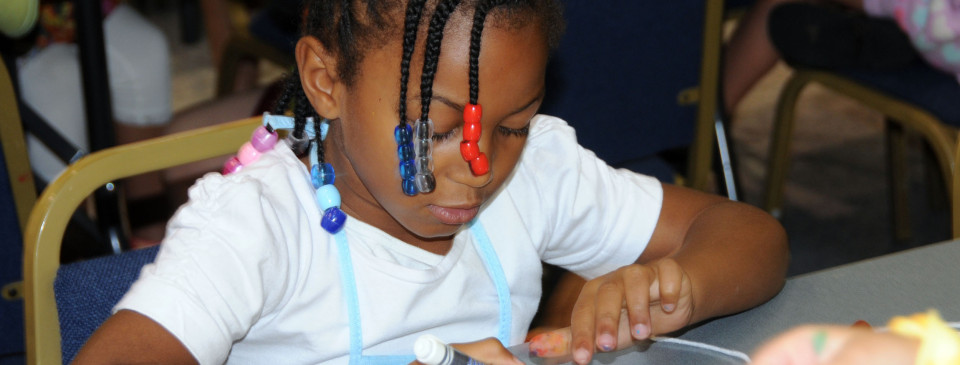Back-to-School: Lighten Your Load

With a bursting school curriculum and more gadgets than before, kids today could be experiencing the effects of a heavy backpack. The American Academy of Orthopaedic Surgeons (AAOS) and the Pediatric Orthopaedic Society of North America (POSNA) urge parents and kids to consider safety first to avoid backpack-related injuries.
According to the Consumer Product Safety Commission (CPSC) more than 24,300 individuals were treated in hospitals and doctors’ offices for injuries related to backpacks in 2012, and more than 9,500 of those injuries were kids 5-18 years old.
EXPERT ADVICE
“Backpacks are designed to distribute the weight of load among some of the body’s strongest muscles,” said orthopaedic surgeon and AAOS spokesperson Michael Wade Shrader, MD. “But, when worn incorrectly, injuries such as strains, sprains and posture problems can occur. While some of these injuries can be minor, others can have a lasting effect on kids, and follow them into adulthood.”
SAFETY TIPS
AAOS and POSNA recommend the following tips to help eliminate discomfort and reduce the risk of backpack-related injuries.
- Kids should carry no more than 15-20 percent of their body weight.
- Use both shoulder straps to keep the weight of the backpack better distributed and adjust the shoulder straps to keep the load close to the back.
- Remove or organize items if too heavy and pack the heavier things low and towards the center.
- When lifting backpacks, bend at the knees.
- School backpacks are for schoolwork. Carry only those items that are required for the day; if possible, leave books at home or school.
- At home and at school, keep walkways clear of backpacks to avoid tripping.
Parents also can help with backpack-related pain:
- Encourage your child or teenager to tell you about numbness or tingling in the arms or legs which may indicate poor fit or too much weight being carried.
- If the backpack seems too heavy for the child, have them remove some of the books and carry them in their arms to ease load on the back.
- Purchase a backpack appropriate for the size of your child.
- Watch your child put on or take off the backpack to see if it is a struggle.
- Encourage your child to stop at their locker throughout the day as time permits to drop off heavier books.

Comments are closed.